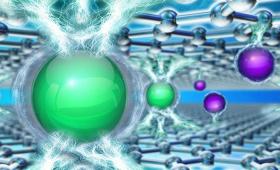Livermore scientists study ion size and shape's role in energy storage and water desalination technologies.
Science and Technology
in the News
Science and Technology
in the News
News Center
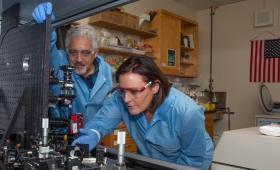
A cooperative research center that aims to develop vaccines for chlamydia has been established by the National Institutes of Health at Lawrence Livermore.
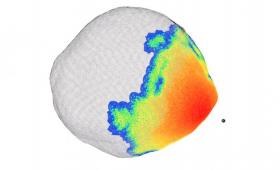
An interagency team of researchers led by Lawrence Livermore has completed the first ever in-depth investigation into how an asteroid would respond to a nuclear deflection attempt.

LLNL atmospheric researchers co-authored three publications describing the DOE’s Wind Forecast Improvement Project (WFIP2) and the Mesoscale to Microscale Coupling (MMC) project. WFIP2 is highlighted on the front cover of the September issue of the Bulletin of the American Meteorological Society.

A team of Lawrence Livermore scientists has challenged the long-standing theory that the moon experienced a period of intense meteorite bombardment about 3.8 billion years ago.
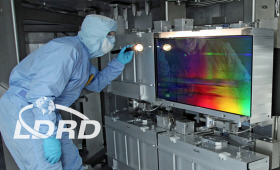
A team has designed a new generation of compressor gratings that could boost the performance of the world’s ultrafast high-power laser systems by as much as 20 percent.
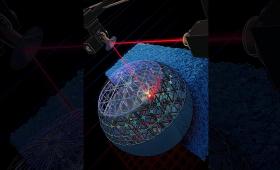
LLNL researchers have combined synchrotron X-ray diffraction with computer modeling to better understand the link between residual stresses and the mechanical properties of 3D-printed 316L stainless steel.
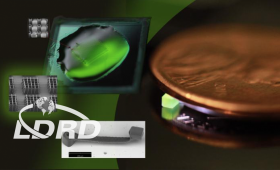
Researchers have developed a breakthrough in nanoscale 3D printing, developing a scalable method of nanofabrication up to 1,000 times faster than any previous method.
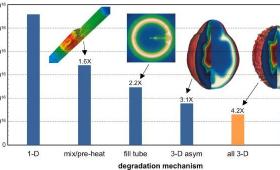
LLNL researchers described the results of effort to develop a modeling capability “reliable enough to guide NIF experiments to ignition” in a featured Physics of Plasmas.
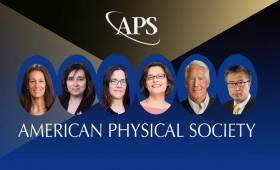
Six Lawrence Livermore scientists have been selected as 2019 fellows of the American Physical Society (APS).


